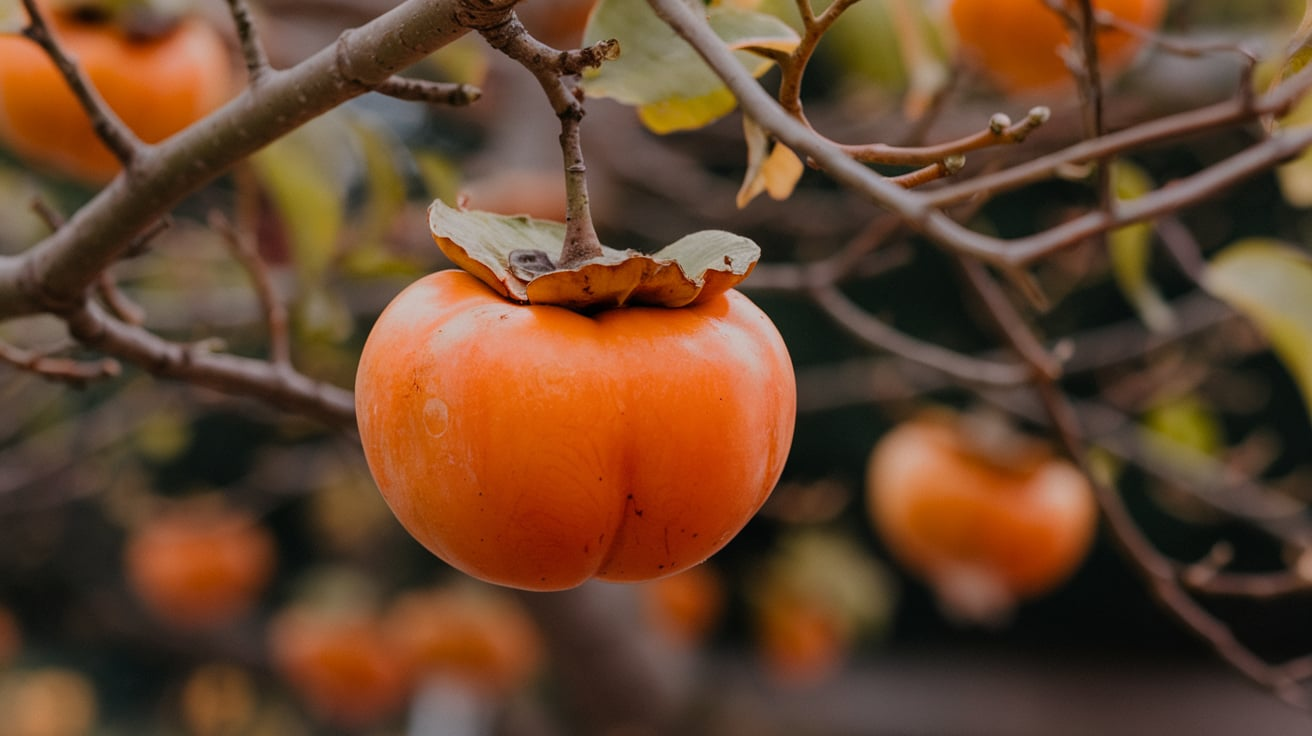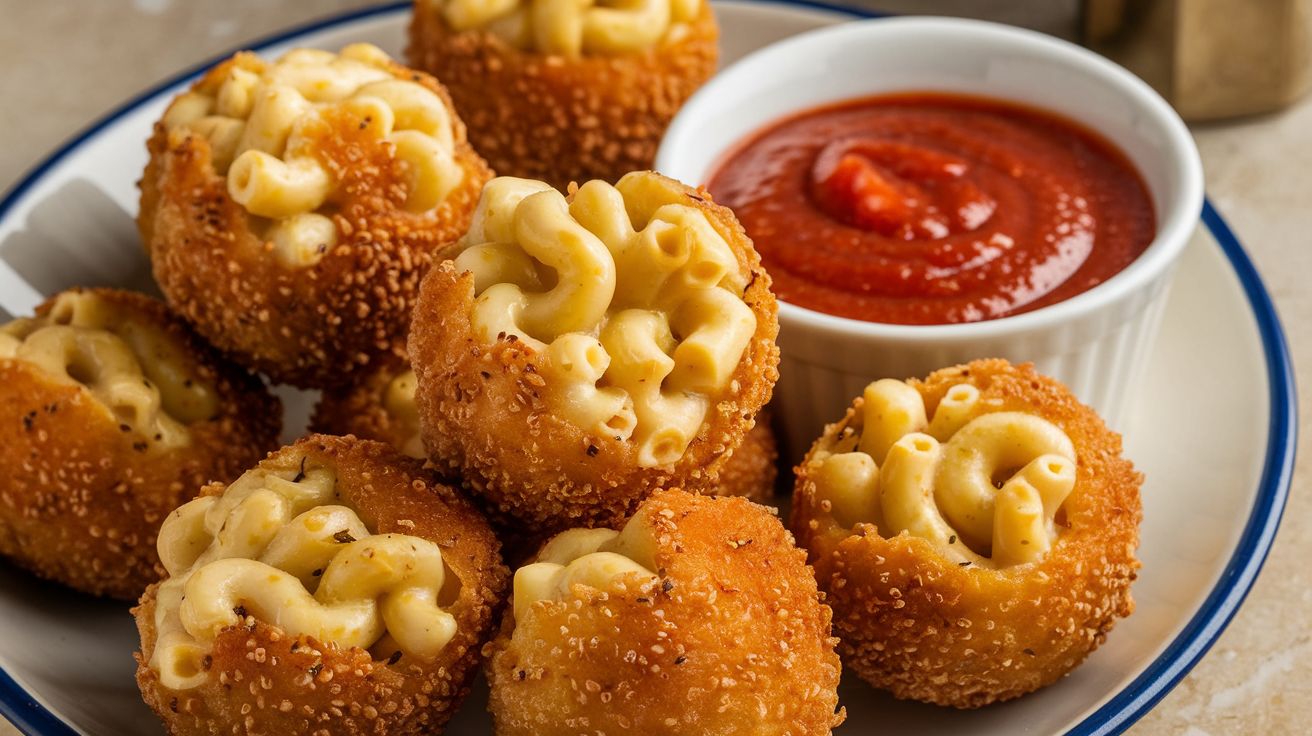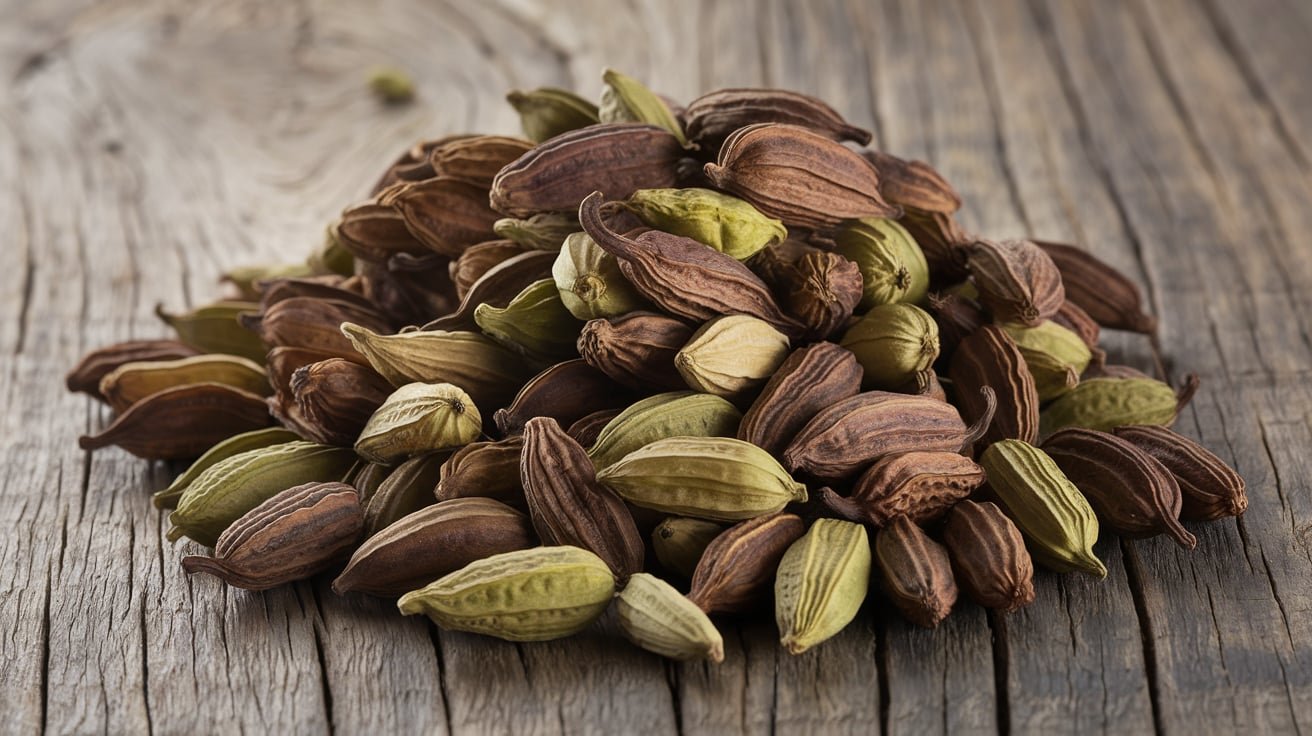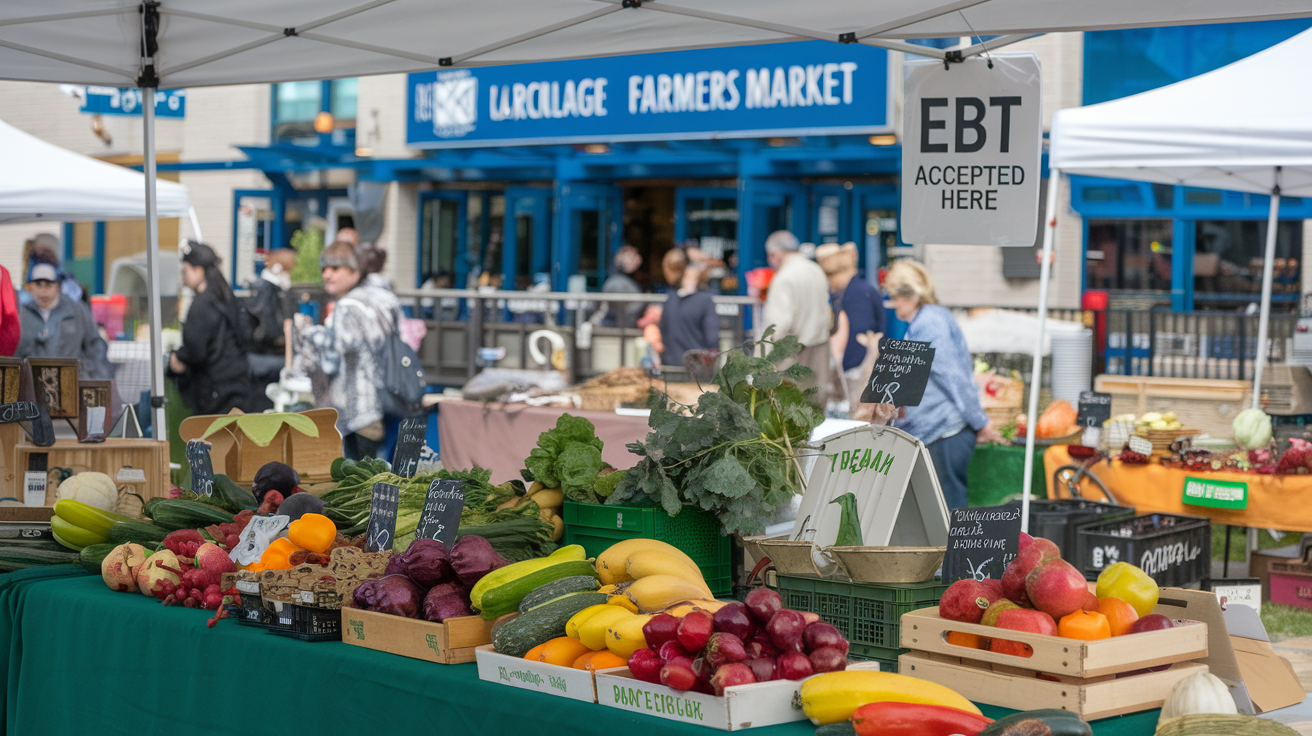Introduction
The whopper persimmon tree fruit is a unique and highly sought-after fruit for home gardeners and commercial fruit growers. This large and juicy variety of persimmon offers a sweet, rich flavor often described as honey-like when fully ripe. In this article, we will explore everything you need to know about the whopper persimmon tree fruit, from its origin and growth requirements to how to harvest and enjoy this delicious fruit. Whether you are considering growing this tree in your backyard or are simply curious about its benefits, this guide will provide you with all the details.
What is a Whopper Persimmon Tree Fruit?
The whopper persimmon tree fruit is known for its large size and excellent flavor. Unlike some smaller varieties of persimmons, the whopper persimmon is famous for producing much larger and sweeter fruits. It belongs to the genus Diospyros, which includes many different persimmon tree types. Still, the whopper variety stands out for its substantial size and ability to thrive in different climates.
The whopper persimmon tree produces fruit that is usually round to slightly oblong and can weigh up to a pound each. The skin is typically a bright orange when the fruit is fully ripe, and the flesh inside is soft, sweet, and flavorful. This fruit is often enjoyed fresh, dried, or used in various recipes.
History and Origin of Whopper Persimmon Tree Fruit
The whopper persimmon tree fruit originated from various breeding programs aimed at improving the size and quality of persimmon fruits. While traditional persimmons have been grown for centuries in Asia and the United States, the whopper persimmon is a more recent variety, developed to meet the demand for larger, more flavorful fruits.
In the United States, persimmon trees have been cultivated for over a hundred years, particularly in the southern and eastern parts of the country. With its enhanced fruit size and taste, the whopper persimmon quickly gained popularity among growers and fruit enthusiasts. Today, it’s one of the preferred varieties for those looking to plant persimmon trees in their gardens or orchards.
Why Grow Whopper Persimmon Tree Fruit?
Growing whopper persimmon tree fruit offers numerous benefits for home gardeners and commercial fruit producers. One of the primary reasons people choose to grow this variety is its impressive fruit size. A single whopper persimmon can be a meal, making it highly desirable for those who enjoy fresh, natural produce.
Another reason to grow whopper persimmon trees is their ability to thrive in various climates. These trees are known for their adaptability and can be grown in USDA hardiness zones 5 through 9. This means that whether you live in the southern states or cooler northern regions, the whopper persimmon tree can be a viable option for your garden.
Moreover, the whopper persimmon fruit is a low-maintenance tree that requires minimal care once established. It is relatively pest-resistant and can withstand periods of drought, making it an excellent choice for gardeners looking for a fruit tree that doesn’t demand constant attention.
How to Plant a Whopper Persimmon Tree
Planting a whopper persimmon tree fruit is a straightforward process, but like any fruit tree, it requires proper preparation and care to ensure the tree grows strong and healthy. The first step in planting a whopper persimmon tree is selecting the right location. Persimmon trees prefer full sun, so choosing a spot in your garden that receives at least six to eight hours of direct sunlight daily is important.
The soil should be well-drained, as persimmon trees don’t do well in soggy conditions. While they can tolerate various soil types, they prefer slightly acidic to neutral pH levels, between 6.0 and 7.5. Before planting your whopper persimmon tree, you may want to test and amend your soil to create optimal growing conditions.
Once you have selected the ideal location, dig a hole twice as wide as the root ball and about the same depth. Fill in the hole with the soil you removed, tamp it down gently to remove air pockets, and water the tree thoroughly to help it establish its roots.
Care and Maintenance of Whopper Persimmon Tree Fruit
Once your whopper persimmon tree fruit is planted, it requires proper care to ensure it grows strong and produces high-quality fruit. During the first few years of growth, watering the tree regularly is important, especially during dry periods. While the tree is drought-tolerant once established, young trees need consistent moisture to develop a healthy root system.
A layer of organic mulch, such as wood chips or straw, should be applied to a depth of about 3 to 4 inches.
Fertilization is another important aspect of caring for a whopper persimmon tree fruit. In the first few years, it’s recommended to use a balanced fertilizer, such as a 10-10-10 formula, to promote healthy growth. Once the tree is established and begins producing fruit, you can reduce the amount of fertilizer to avoid excessive growth at the expense of fruit production.
Harvesting Whopper Persimmon Tree Fruit
The whopper persimmon tree fruit typically ripens in the fall, between September and November, depending on your climate. It’s important to wait until the fruit is fully ripe before harvesting, as persimmons picked too early can be astringent and unpleasant to eat.
A ripe whopper persimmon will have a deep orange color and feel slightly soft. You can gently twist the fruit off the tree or use pruning shears to cut the stem. Be careful when handling the fruit, as ripe persimmons are delicate and can bruise easily.
If you find the fruit is still firm when you pick it, you can allow it to ripen indoors. Place the persimmons in a cool, dry place and allow them to soften over a few days to a week. Once fully ripe, the whopper persimmon tree fruit can be eaten fresh, used in cooking, or dried for later use.
Culinary Uses of Whopper Persimmon Tree Fruit
The whopper persimmon tree fruit is incredibly versatile in the kitchen. Its sweet, honey-like flavor makes it a delicious addition to various dishes. One of the simplest ways to enjoy the fruit is to eat it fresh, either on its own or added to salads, yogurt, or desserts.
Whopper persimmons can also be used in baking. They are often used to make persimmon pudding, a popular dessert in many parts of the United States. The fruit’s natural sweetness means you can reduce the amount of added sugar in recipes, making it a healthier alternative to other fruits.
In addition to sweet dishes, the whopper persimmon tree fruit can be used in savory recipes. Its sweetness pairs well with spices like cinnamon and ginger and savory ingredients such as goat cheese, nuts, and balsamic vinegar. You can use it to create chutneys, salsas, or even as a topping for grilled meats..
Pests and Diseases in Whopper Persimmon Tree Fruit
While the whopper persimmon tree fruit is generally low-maintenance, it can still be affected by pests and diseases. One of the most common pests that target persimmon trees is the persimmon psylla, a small insect that feeds on the tree’s sap and can cause leaf curl and stunted growth.
To prevent pest problems, keeping your whopper persimmon tree fruit healthy is important by providing proper care and maintenance. Regularly inspect the tree for signs of pests or disease, and take action early if you notice any issues. Insecticidal soap or neem oil can be effective at controlling many common pests.
Regarding diseases, persimmon trees can sometimes be affected by fungal infections, such as leaf spot or anthracnose. Wet, humid conditions typically cause these diseases. To prevent fungal problems, avoid overhead watering and ensure good air circulation around the tree.
Conclusion
The whopper persimmon tree fruit is an excellent choice for anyone looking to grow a unique and flavorful fruit tree. Its large, sweet fruits are perfect for eating fresh or using in various recipes, and the tree itself is relatively low-maintenance and adaptable to different climates.










